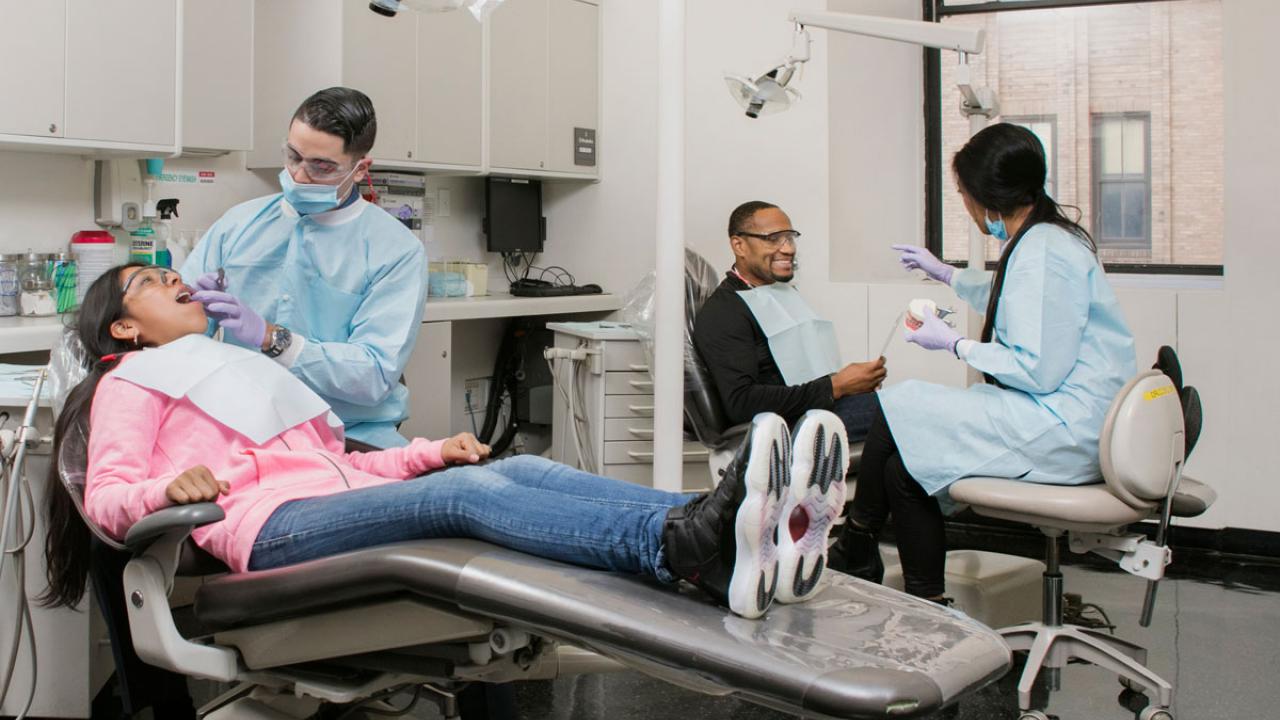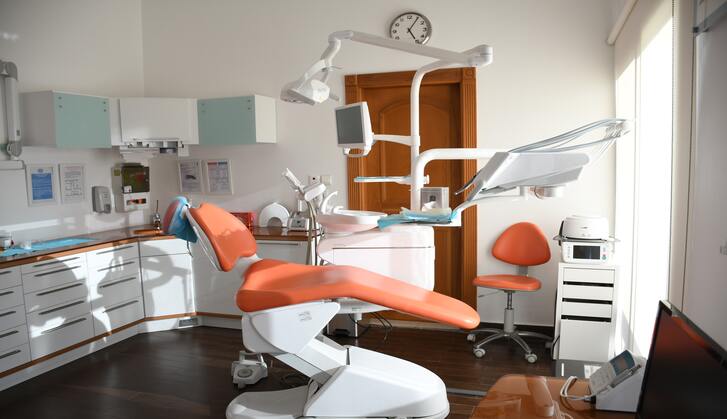Understanding the Most Recent Improvements in Dentistry and Their Effect on Patient Treatment
These developments not only maximize diagnostic and therapy methods however also enhance the total person experience by fostering more clear communication and instant results. As these advancements unfold, it becomes necessary to consider exactly how they reshape client connections and influence decision-making in dental wellness monitoring.
Digital Imaging Technologies
In recent times, digital imaging modern technologies have changed the area of dental care, enhancing diagnostic capacities and treatment preparation. These innovations consist of approaches such as electronic radiography, intraoral cameras, and cone-beam computed tomography (CBCT), which offer premium picture quality and lowered radiation exposure compared to typical imaging strategies.
Digital radiography supplies immediate imaging outcomes, enabling dentists to identify and address oral issues much more effectively - Dental Implants Belle River. Intraoral electronic cameras make it possible for extensive visualization of the mouth, promoting far better interaction with clients concerning their oral health and wellness. By offering high-resolution photos, oral professionals can efficiently clarify therapy choices and motivate patients to pursue essential care
Cone-beam computed tomography (CBCT) has actually better changed the landscape by providing three-dimensional imaging, which is invaluable for complicated cases such as implant preparation and orthodontics. This innovation permits specific anatomical assessments, substantially enhancing the precision of diagnostic and therapy procedures.
3D Printing Advancements

Additionally, 3D printing has actually promoted the creation of complex oral models that aid in therapy planning and person education. These versions supply a concrete depiction of complicated oral concerns, cultivating much better communication in between dental professionals and clients - Dental Implants Belle River. Furthermore, improvements in biocompatible materials have expanded the potential applications of 3D printing in oral implantology, making it possible for the manufacturing of customized implants customized to individual anatomical demands
Moreover, academic institutions are increasingly taking on 3D printing for training functions, permitting trainees to practice on sensible versions that replicate numerous clinical scenarios. In general, the integration of 3D printing technologies in dental care is not only simplifying processes yet additionally enhancing the quality of treatment provided to individuals, marking a significant leap onward in the area.
Minimally Intrusive Methods
The evolution of dental care is increasingly defined by a concentrate on minimally invasive methods, which focus on patient comfort and conservation of natural tooth framework. These strategies aim to lower the need for comprehensive drilling and intrusive procedures, consequently boosting the total individual experience and outcomes.
Minimally intrusive methods include numerous methods, consisting of air abrasion, laser dental care, and making use of biocompatible products. Air abrasion enables the removal of decay utilizing a stream of fine particles, reducing damages to Home Page bordering healthy tissue. Laser dentistry uses concentrated light energy to treat dental caries and periodontal illness with precision, frequently leading to much less pain and faster healing times.
Furthermore, developments in sticky dentistry enable more powerful bonds in between oral materials and natural tooth structure, helping with efficient reconstructions while protecting even more of the initial tooth. This not just bolsters the longevity of dental work but additionally supports the visual integrity of people' smiles.
As these techniques remain to evolve, they hold the guarantee of improving client care by minimizing stress and anxiety, minimizing healing times, and promoting far better long-term oral health and wellness. Inevitably, the change towards minimally intrusive dental care stands for a considerable advancement in the area, lining up with contemporary health care worths.
Tele-Dentistry Development
Tele-dentistry has arised as a transformative pressure in the dental market, improving accessibility to care and enhancing patient-provider communications. This innovative approach makes use of data modern technologies to facilitate remote assessments, medical diagnosis, and treatment preparation, successfully connecting geographical barriers and reducing the demand for in-person visits.
The expansion of tele-dentistry has been particularly advantageous for underserved This Site populations, where oral treatment accessibility is commonly minimal. Through online consultations, individuals can get prompt assessments and guidance without the logistical challenges of traveling to a dental workplace. Additionally, tele-dentistry allows dental experts to take care of follow-up care more effectively, allowing for continual surveillance of treatment progress.
As innovation proceeds to advancement, the capacity for tele-dentistry to improve patient education and preventative treatment steps will just expand, fostering a proactive technique to dental health management. Ultimately, tele-dentistry represents a substantial evolution in the dental field, lining up with contemporary health care demands and individual assumptions.
Enhancing Patient Relationships
Building strong client partnerships is necessary in modern dentistry, as it fosters count on and motivates open interaction between dental specialists and their clients. This relationship is essential for providing individualized treatment and enhancing therapy end results. As advancements in technology, such as tele-dentistry, remain to improve the dental landscape, the focus on individual partnerships is a lot more critical than ever.

Additionally, the combination of person education and learning right into examinations can debunk dental treatments, encouraging patients to make enlightened decisions concerning their oral health. This method not just cultivates trust but additionally encourages adherence to therapy plans, ultimately leading to better wellness results.
Verdict
The most current developments in dentistry, consisting of electronic imaging innovations, 3D printing, minimally intrusive techniques, and the expansion of tele-dentistry, considerably boost person care. Eventually, these developments encourage patients, outfitting other them with the essential expertise to make enlightened choices regarding their therapies and general oral health.
By presenting high-resolution images, dental professionals can properly clarify treatment options and inspire patients to seek necessary care.
By making use of digital impressions in conjunction with 3D printing, dental professionals can dramatically decrease turn-around times, enabling for same-day treatments that enhance client fulfillment.
Furthermore, 3D printing has actually facilitated the creation of detailed dental models that help in therapy preparation and client education.Structure solid individual partnerships is vital in contemporary dental care, as it promotes trust and urges open communication in between dental specialists and their customers. In addition, utilizing patient feedback devices can improve service delivery and client contentment, guaranteeing that their voices are heard.